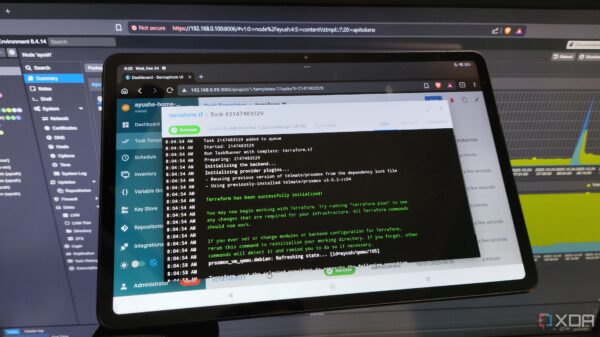A recent study conducted by the University of Georgia found that only 10% of early childhood teachers report having sufficient time to complete their work. This lack of planning time is contributing to high levels of stress and turnover among educators in early childhood settings. The research highlights a critical issue that affects not just teachers but also the quality of education provided to young children.
The study, published in the Early Childhood Research Quarterly, surveyed 106 teachers and 104 directors of early childhood education centers. It revealed that while teachers are expected to document children’s development, write lesson plans, and communicate with parents, they often do not have adequate time to perform these essential tasks. Erin Hamel, the study’s lead author and an assistant professor in UGA’s Mary Frances Early College of Education, emphasized that most teachers end up working during their personal time, including evenings and weekends.
Teachers reported receiving, on average, 37 minutes less than their scheduled planning time each week. Hamel explained that the unpredictable nature of early childhood education often forces teachers to use their planning time to address immediate classroom needs. For instance, if a classroom is short-staffed or a child falls ill, teachers may have to forgo their planning periods to assist in other areas. This situation leaves educators scrambling to meet their responsibilities, further exacerbating stress levels.
Challenges in Allocation of Planning Time
While many directors are aware of the time constraints faced by their teachers, about half acknowledge that staff frequently work over the weekend to catch up. The crux of the issue lies in the state-mandated teacher-to-child ratios. Directors are compelled to prioritize maintaining these ratios, which are crucial for ensuring the safety and quality of care for children. Consequently, when staffing shortages occur, planning time becomes a casualty.
Hamel noted that directors are often caught in a difficult position. “If a center is short-staffed and the director needs three teachers in a classroom to meet ratio requirements, it may mean sacrificing teachers’ planning time because planning time is not mandatory,” she explained. This burden can lead to burnout among educators, who willingly sacrifice their time for the benefit of their students.
State Mandates and the Future of Early Childhood Education
Currently, only 16 states require some form of planning time for early childhood teachers, although discussions are ongoing in several other states to implement similar mandates. Hamel pointed out the broader implications of this lack of support: “Teachers who are stressed tend to interact with children less sensitively, so adequate planning time can have an indirect impact on children’s educational experience.”
The study underscores the importance of supporting teachers as a means to enhance the educational experience for children. As discussions around teacher workload and policy reform continue, the findings from this research could play a pivotal role in shaping future regulations regarding planning time in early childhood education.
In conclusion, addressing the planning time gap for early childhood educators is crucial not only for the well-being of teachers but also for the quality of education provided to young learners. With increased awareness and potential policy changes, there remains hope for an improved work-life balance for those dedicated to shaping the future of children.








































































